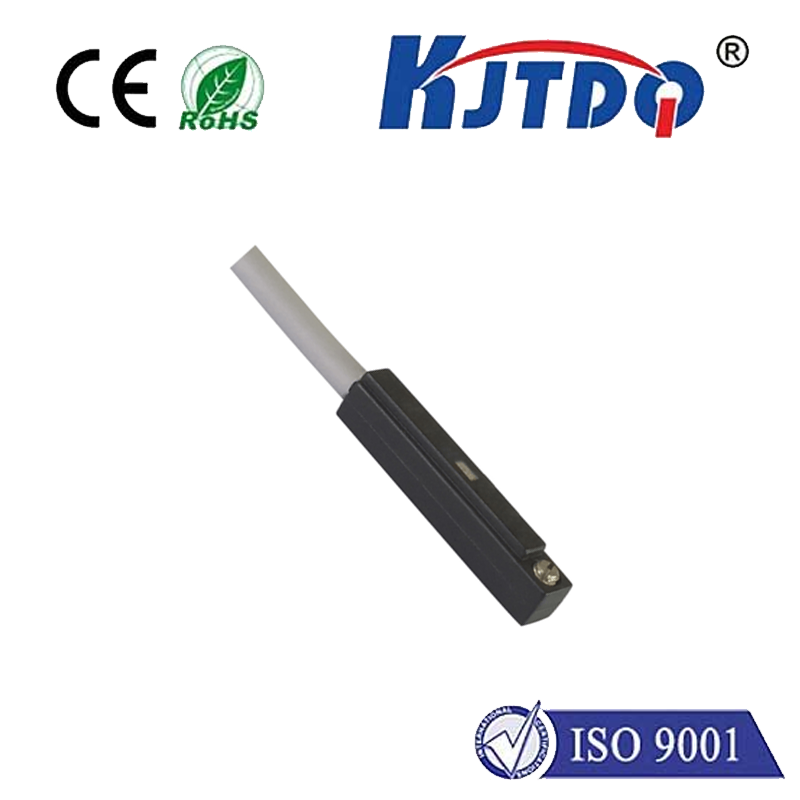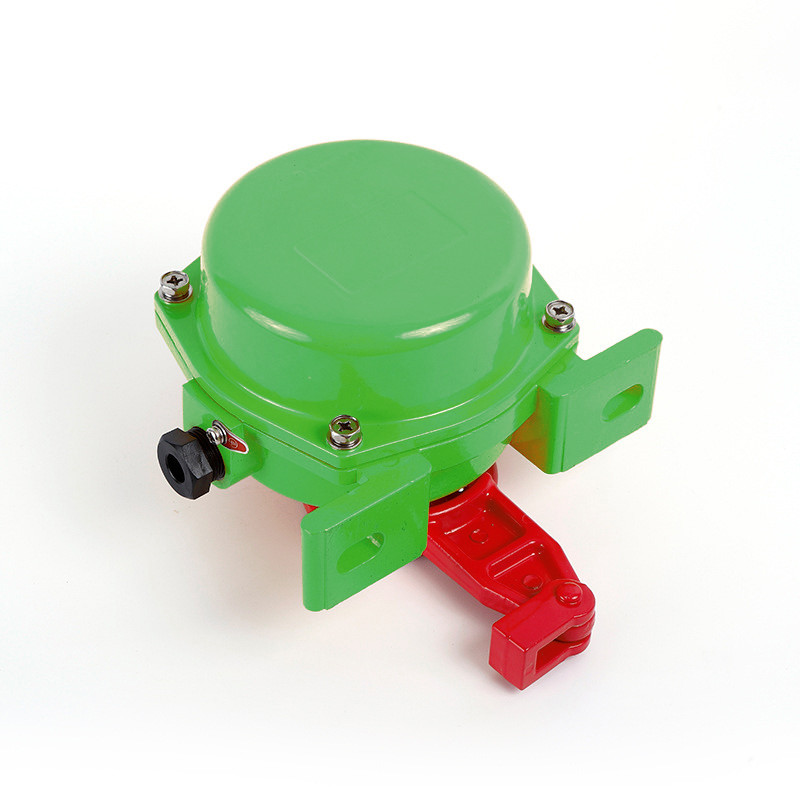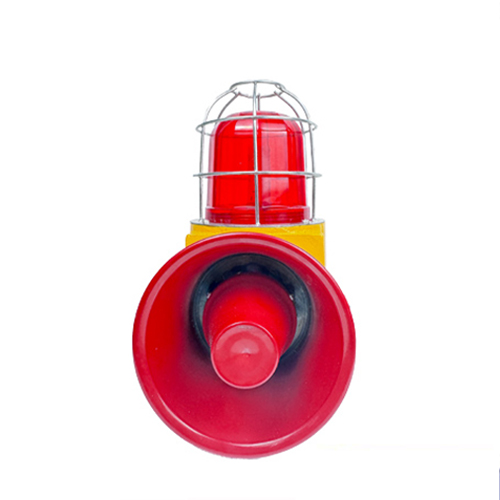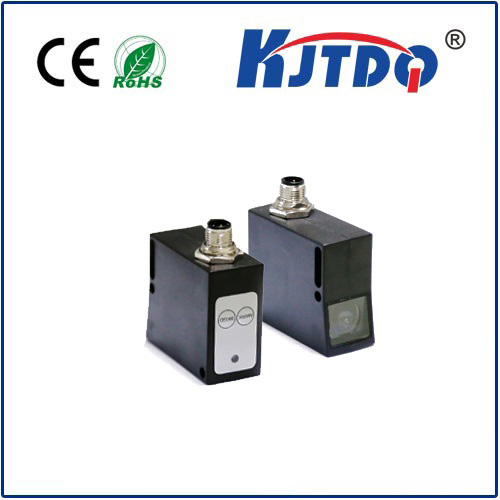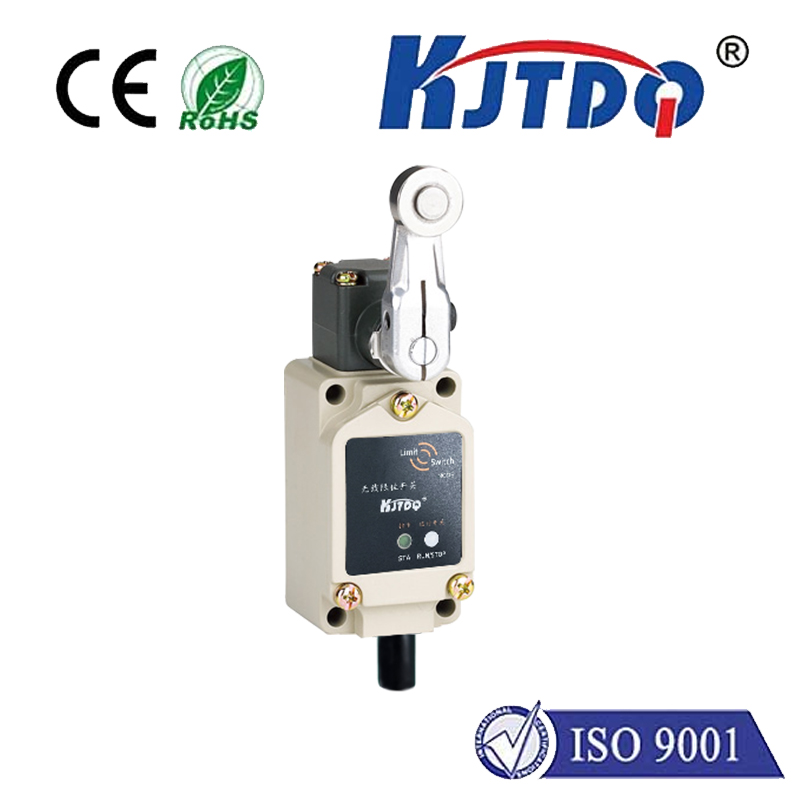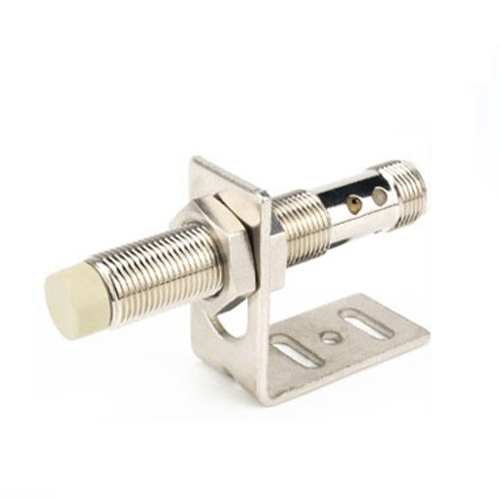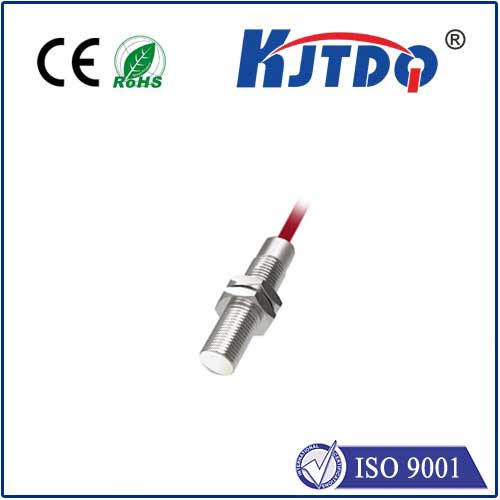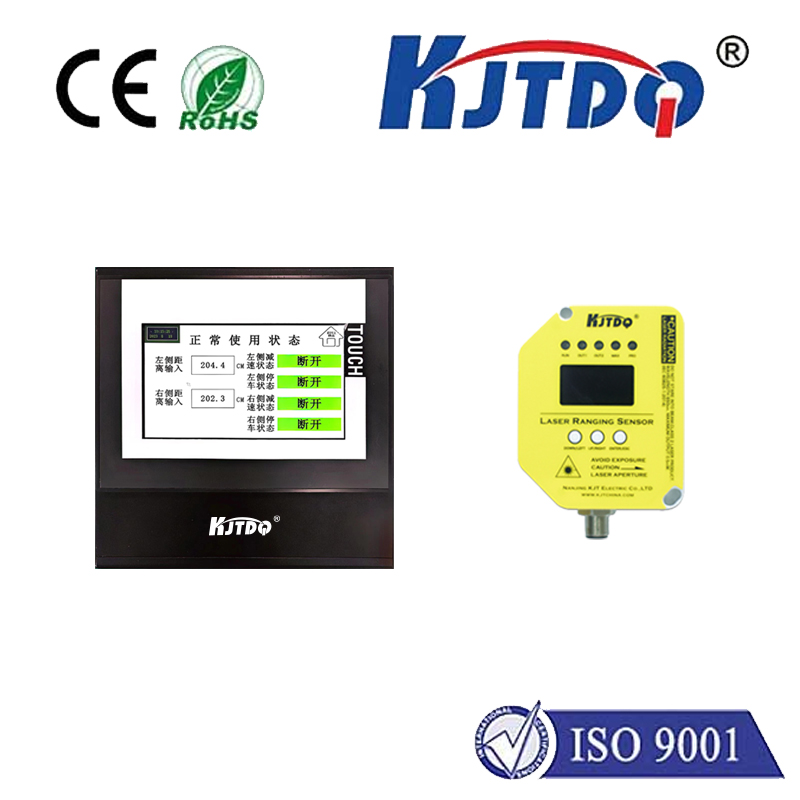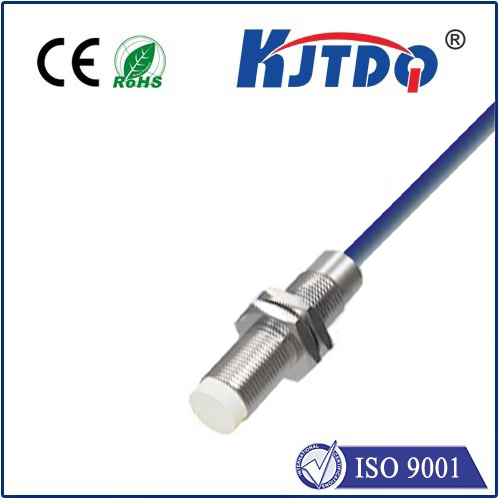

check

check

check

check

check

check

check

check

check

check
Title: High Temperature Inductive Sensor: Revolutionizing Temperature Monitoring in Industrial Applications
Introduction:
Temperature monitoring is a critical component in various industrial processes, ranging from food and beverage manufacturing to oil and gas exploration. To ensure the accurate measurement of temperature variables, advanced sensors are employed, with high temperature inductive sensors being one of the most widely used options. These devices offer unparalleled accuracy, reliability, and durability, making them indispensable for modern industrial applications.
Working principle of High Temperature Inductive Sensors:
High temperature inductive sensors work based on the principles of electromagnetic induction. They consist of two primary components: an iron yoke and a coil of wire that creates an alternating current (AC) signal. When an external temperature changes, it causes a change in the magnetic field generated by the coil. This change in magnetic field then induces an electric current in the yoke, which is measured as the sensor's output voltage or resistance. By measuring this voltage, the sensor can determine the temperature accurately.
Advantages of High Temperature Inductive Sensors:
1. High accuracy: High temperature inductive sensors provide highly accurate temperature measurements even at extreme temperatures above several hundred degrees Celsius. They have a low degree of drift over time, making them suitable for long-term monitoring applications.
2. Wide range of applications: High temperature inductive sensors are versatile and can be used in various industrial settings, including furnaces, heaters, kilns, and heat exchangers. They are particularly useful in situations where conventional temperature sensors cannot operate due to high temperatures or harsh environments.
3. Easy installation and maintenance: High temperature inductive sensors are easy to install, and their simple design makes them low maintenance. They do not require periodic calibration, eliminating the need for manual intervention and reducing operational costs.
4. High reliability: High temperature inductive sensors are designed to withstand extreme conditions such as high temperatures, pressure, and vibration. They have a robust construction and are resistant to corrosion, ensuring long life and minimal downtime.
Conclusion:
In conclusion, high temperature inductive sensors have revolutionized temperature monitoring in industrial applications. Their superior accuracy, reliability, and durability make them indispensable components in various processes, including those operating at high temperatures. As technology continues to advance, it is expected that these sensors will become even more sophisticated, offering even better performance and functionality.

